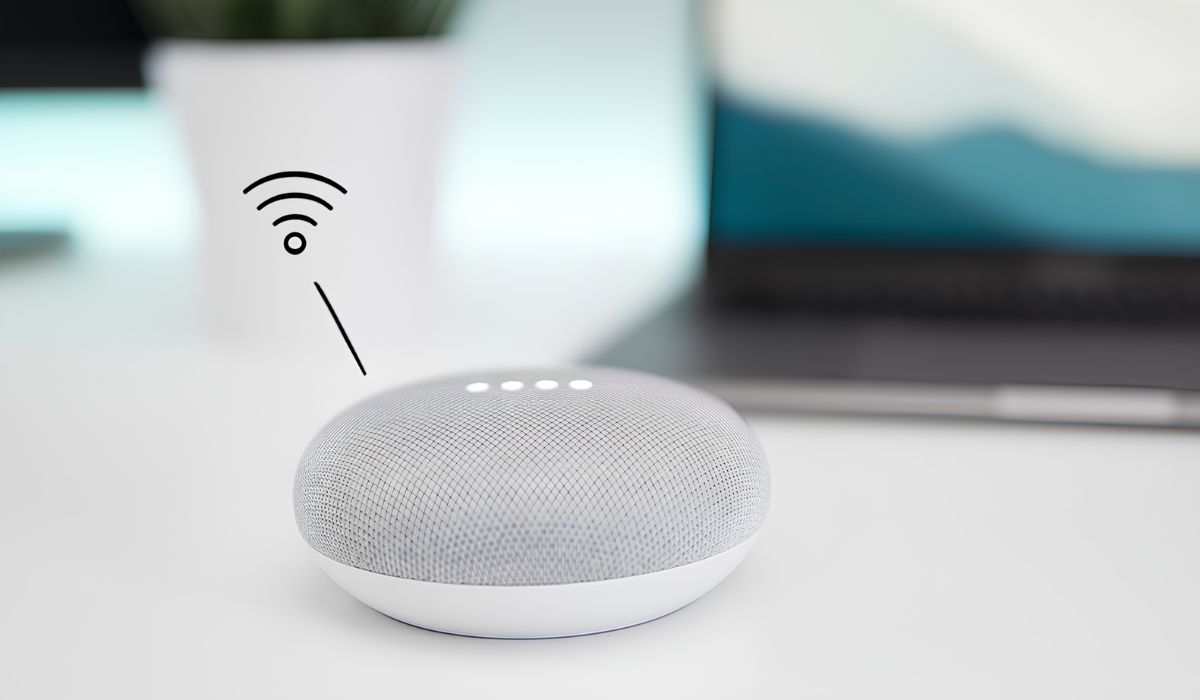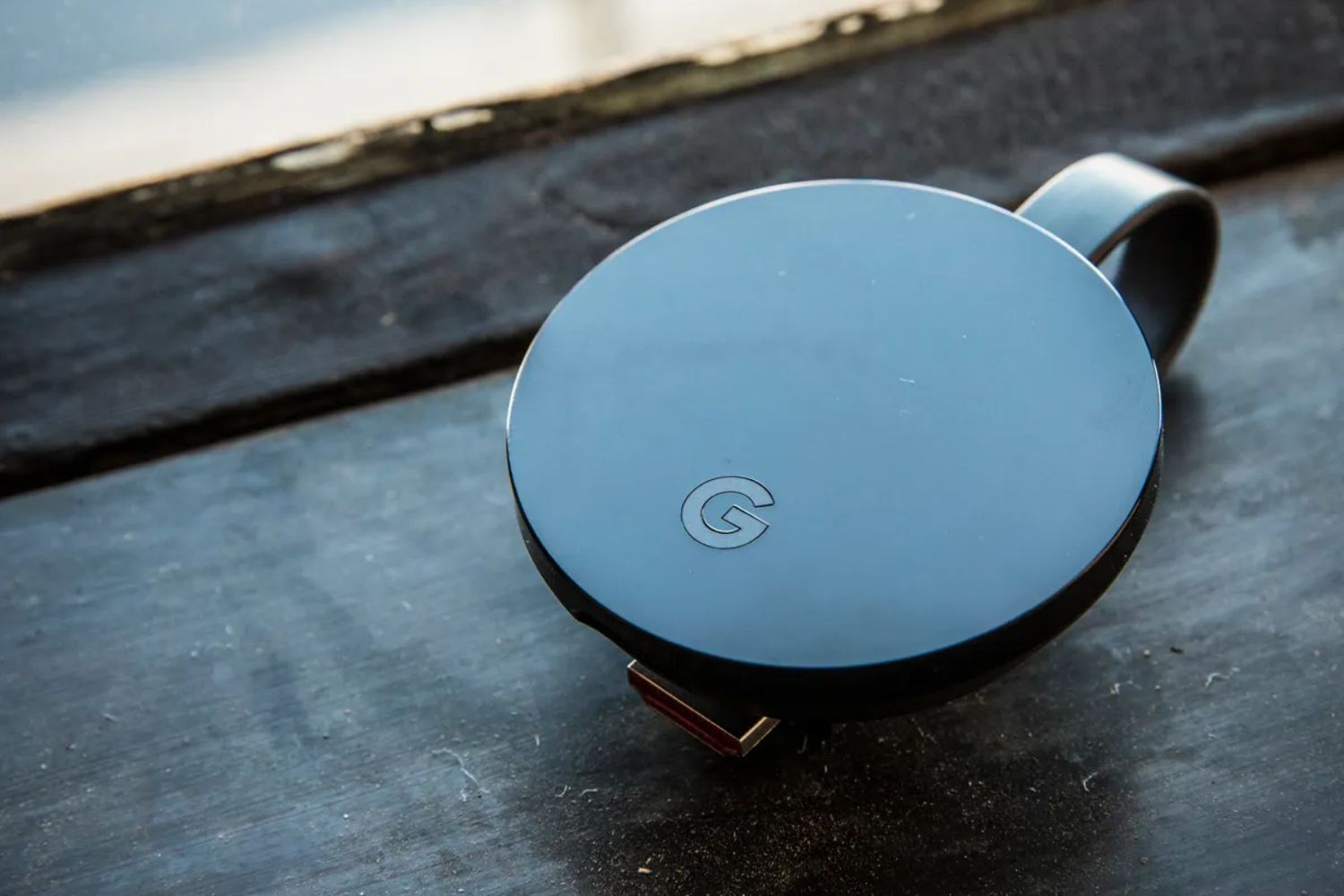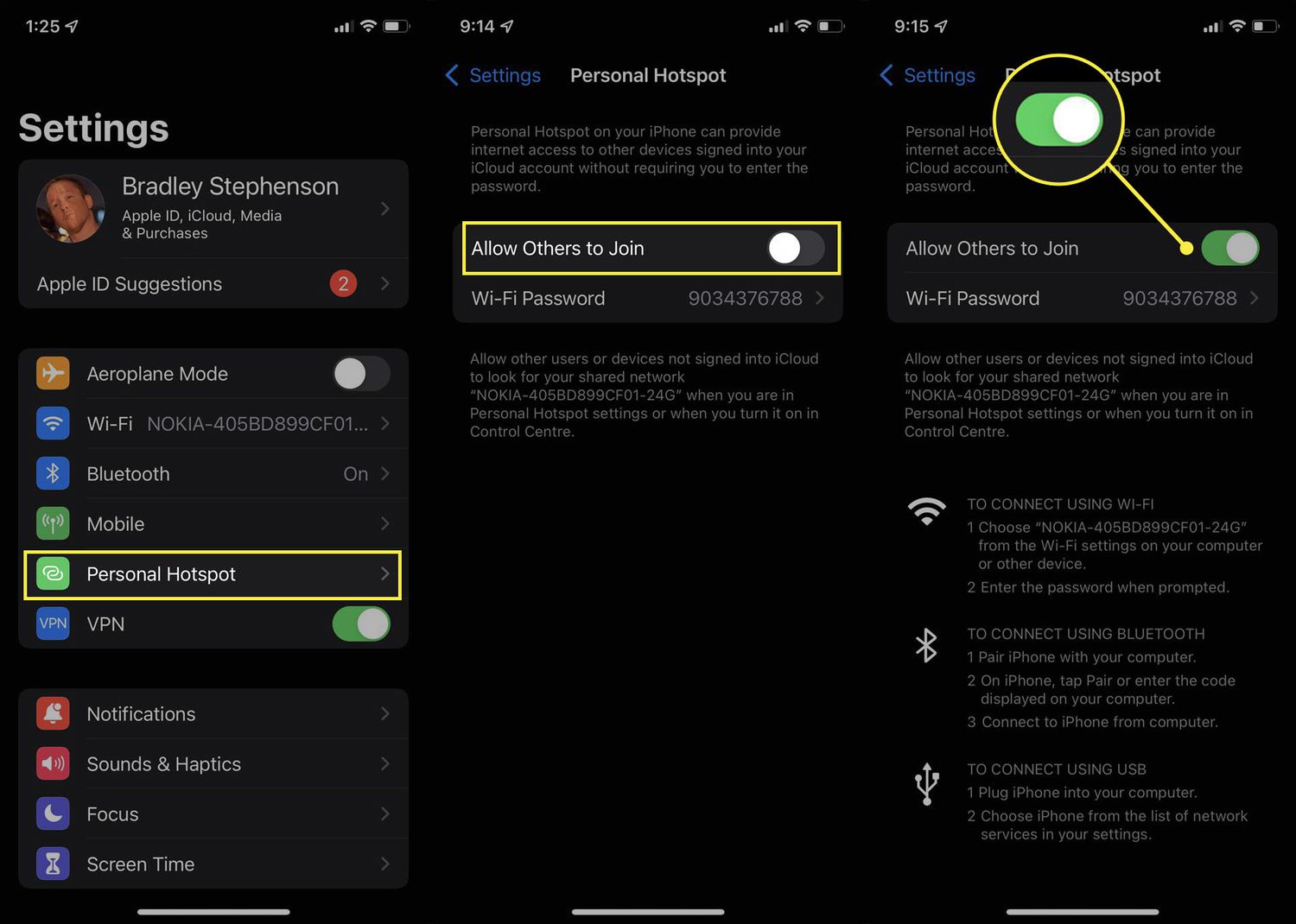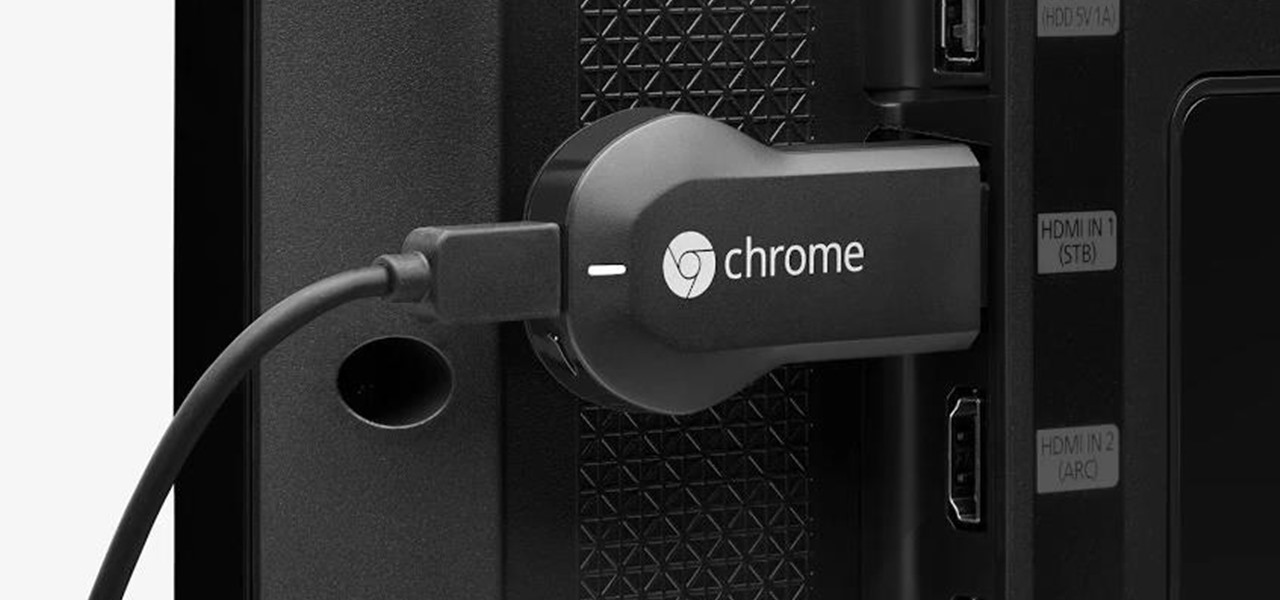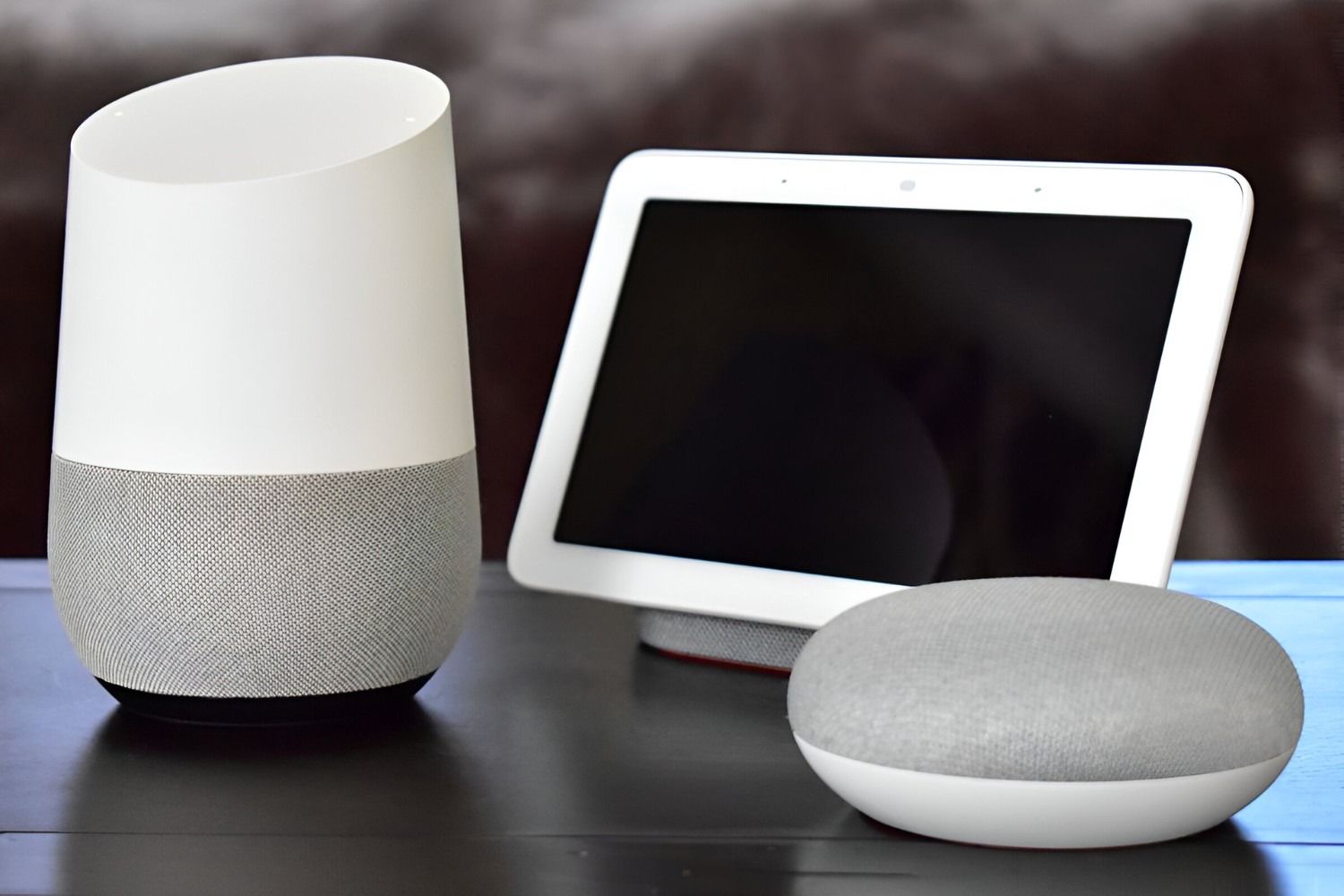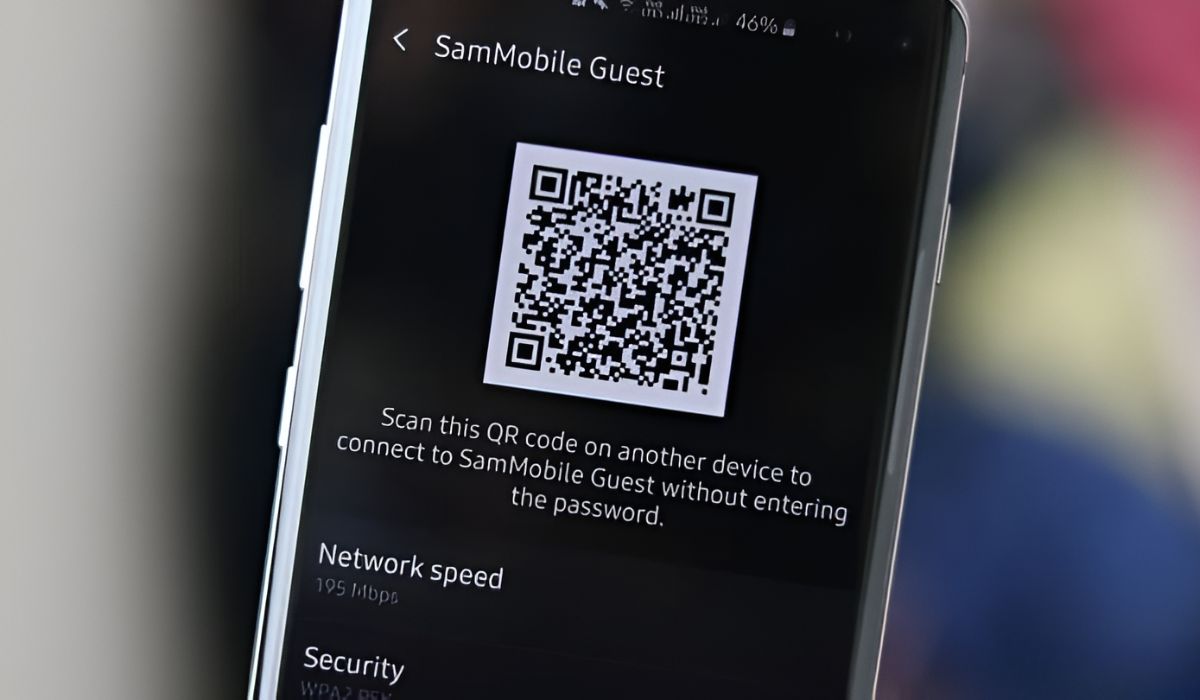Introduction
Connecting your Google Home device to a mobile hotspot can be a convenient solution when traditional Wi-Fi networks are unavailable. Whether you're traveling, moving to a new place, or experiencing issues with your home Wi-Fi, using a mobile hotspot can keep your Google Home connected to the internet and functioning seamlessly.
In this guide, we'll walk you through the process of setting up and connecting your Google Home to a mobile hotspot. By following these steps, you can enjoy the full range of features and benefits offered by your Google Home device, regardless of your location or Wi-Fi situation.
From turning on your mobile hotspot to configuring the Google Home settings, we'll cover everything you need to know to establish a stable connection between your device and the mobile hotspot. By the end of this guide, you'll have the knowledge and confidence to successfully link your Google Home to a mobile hotspot, ensuring uninterrupted access to its wide array of voice commands, music streaming, smart home controls, and more.
Now, let's dive into the step-by-step process of connecting your Google Home to a mobile hotspot, empowering you to stay connected and make the most of your smart home experience.
Step 1: Turn on Mobile Hotspot
To begin the process of connecting your Google Home to a mobile hotspot, you first need to activate the mobile hotspot feature on your smartphone or mobile device. This feature allows your device to function as a portable Wi-Fi hotspot, enabling other devices, such as your Google Home, to connect to the internet through it. Below are the detailed steps to turn on the mobile hotspot:
-
Accessing Settings: Open the settings menu on your smartphone or mobile device. This can usually be found by tapping the gear-shaped icon on the home screen or in the app drawer.
-
Locating Network Settings: Within the settings menu, look for the "Network & Internet" or "Connections" option, depending on your device's operating system. Tap on this option to access the network settings.
-
Enabling Hotspot: Once inside the network settings, you should see an option for "Hotspot and Tethering" or something similar. Tap on this option to access the hotspot settings.
-
Activating Hotspot: Within the hotspot settings, you will find the option to enable the mobile hotspot feature. Toggle the switch or checkbox to turn on the hotspot. You may also have the option to set a custom network name (SSID) and password for your hotspot to enhance security.
-
Verifying Connection: After activating the mobile hotspot, your smartphone or mobile device will start broadcasting a Wi-Fi network that other devices can connect to. Take note of the network name (SSID) and password, as you will need these details to connect your Google Home to the hotspot.
By following these steps, you have successfully turned on the mobile hotspot on your smartphone or mobile device. The hotspot is now ready to provide internet connectivity to your Google Home device, allowing you to proceed with the next steps to establish the connection.
Step 2: Connect Google Home to Mobile Hotspot
With the mobile hotspot activated on your smartphone or mobile device, the next crucial step is to connect your Google Home to the newly created Wi-Fi network. This process involves accessing the Google Home app on your mobile device and configuring the device settings to establish a connection with the mobile hotspot. Here's a detailed guide on how to connect your Google Home to the mobile hotspot:
-
Launch Google Home App: Start by opening the Google Home app on your smartphone or tablet. If you haven't installed the app, you can download it from the Google Play Store for Android devices or the App Store for iOS devices.
-
Select Your Device: Once the app is open, you should see a list of available devices. Tap on the Google Home device you want to connect to the mobile hotspot. This will open the device settings and options specific to the selected Google Home device.
-
Access Device Settings: Within the device settings, look for the option to manage the Wi-Fi settings for your Google Home device. This may be listed as "Wi-Fi settings," "Network & Wi-Fi," or something similar, depending on the version of the Google Home app.
-
Choose Mobile Hotspot Network: In the Wi-Fi settings for your Google Home device, you will see a list of available Wi-Fi networks, including the mobile hotspot network created by your smartphone or mobile device. Select the mobile hotspot network from the list to initiate the connection process.
-
Enter Hotspot Password: When prompted, enter the password for the mobile hotspot network. This is the password you set when activating the hotspot on your smartphone or mobile device. Ensure that the password is entered accurately to avoid any connection issues.
-
Establish Connection: After entering the password, the Google Home device will attempt to connect to the mobile hotspot network. Depending on the signal strength and network stability, the connection process may take a few moments. Once connected, your Google Home device will be linked to the mobile hotspot and ready to access the internet.
By following these steps, you have successfully connected your Google Home to the mobile hotspot, ensuring that the device can utilize the internet connectivity provided by your smartphone or mobile device. With the connection established, you can proceed to the next step of configuring the Google Home settings to optimize its performance within the mobile hotspot environment.
Step 3: Configure Google Home Settings
Configuring the settings of your Google Home device is essential to ensure optimal performance and seamless functionality within the mobile hotspot environment. By adjusting specific parameters and preferences, you can enhance the overall user experience and address any potential connectivity challenges that may arise. Here's a detailed guide on how to configure the settings of your Google Home device after connecting it to a mobile hotspot:
-
Access Device Settings: Open the Google Home app on your mobile device and navigate to the settings for your connected Google Home device. This can usually be done by tapping on the device icon within the app and selecting the settings or preferences option.
-
Wi-Fi Network Selection: Once inside the device settings, locate the Wi-Fi network selection or connectivity settings specific to your Google Home device. You may find this under the "Device settings," "Network & Wi-Fi," or a similar section within the app.
-
Verify Connection: Confirm that your Google Home device is successfully connected to the mobile hotspot network. This step is crucial to ensure that the device is receiving internet connectivity through the mobile hotspot and can communicate with other smart devices and online services.
-
Signal Strength Check: Evaluate the signal strength of the mobile hotspot network in the location where your Google Home is positioned. If the signal is weak or intermittent, consider relocating the mobile device or adjusting the hotspot settings to improve signal reception.
-
Network Stability Assessment: Assess the stability of the mobile hotspot network by monitoring the connection over a brief period. Look for any fluctuations in the network performance that may impact the functionality of your Google Home device.
-
Advanced Settings Optimization: Explore the advanced settings available for your Google Home device within the app. This may include options to prioritize Wi-Fi connectivity, manage network preferences, and troubleshoot connectivity issues specific to the mobile hotspot environment.
-
Firmware and Software Updates: Check for any available firmware or software updates for your Google Home device. Keeping the device's software up to date is crucial for addressing compatibility issues and ensuring that it operates efficiently within the mobile hotspot network.
-
Voice Match and Recognition: If you use voice commands with your Google Home, consider retraining the voice match feature to optimize voice recognition within the mobile hotspot environment. This can enhance the accuracy of voice commands and interactions with the device.
By following these steps and configuring the settings of your Google Home device, you can optimize its performance within the mobile hotspot environment. This proactive approach allows you to address connectivity challenges, prioritize network stability, and ensure a seamless smart home experience, irrespective of the internet source.
Step 4: Test the Connection
After connecting your Google Home to the mobile hotspot and configuring its settings, it's essential to verify the stability and functionality of the established connection. Testing the connection ensures that your Google Home device can reliably access the internet and perform its range of smart home functions. Here's a detailed guide on how to effectively test the connection between your Google Home and the mobile hotspot:
-
Internet Access Verification: Begin by using a device connected to the same mobile hotspot network, such as a smartphone or tablet, to verify internet access. Open a web browser and attempt to load a few different websites to confirm that the mobile hotspot is providing consistent and reliable internet connectivity.
-
Voice Command Execution: Utilize the voice command functionality of your Google Home to initiate simple tasks, such as asking for the weather forecast, setting a reminder, or playing music. By issuing voice commands and observing the device's responses, you can assess its ability to access online information and execute commands via the mobile hotspot connection.
-
Smart Home Device Interaction: If you have smart home devices linked to your Google Home, test their functionality while connected to the mobile hotspot. This can involve turning lights on and off, adjusting the thermostat, or controlling other compatible smart devices. Monitoring the responsiveness and performance of these interactions provides insights into the stability of the Google Home's connection within the mobile hotspot environment.
-
Media Streaming Evaluation: Stream music or audio content through your Google Home to evaluate its ability to access and play media via the mobile hotspot. Pay attention to the playback quality, buffering times, and overall reliability of media streaming, as these factors indicate the strength of the connection and its impact on entertainment features.
-
Connection Persistence Assessment: Over a period of time, monitor the consistency of the connection between your Google Home and the mobile hotspot. Keep an eye out for any intermittent disconnections or disruptions in the device's ability to access online services and perform tasks. Persistent connectivity issues may require further adjustments or troubleshooting.
-
Firmware Update Confirmation: Check for any available firmware updates for your Google Home device after testing the connection. If updates are available, proceed with the installation to ensure that the device benefits from the latest enhancements and optimizations, potentially addressing any connectivity-related issues.
By thoroughly testing the connection between your Google Home and the mobile hotspot, you can gain confidence in the reliability of the setup and identify any potential areas for improvement. This proactive approach empowers you to address connectivity challenges, optimize the device's performance, and enjoy a seamless smart home experience, regardless of the internet source being utilized.
Conclusion
In conclusion, successfully connecting your Google Home to a mobile hotspot opens up a world of possibilities, allowing you to enjoy the full range of features and benefits offered by this smart home device in various settings. By following the comprehensive steps outlined in this guide, you have gained the knowledge and confidence to navigate the process with ease and efficiency.
The ability to turn on the mobile hotspot, connect your Google Home to the network, configure its settings, and test the connection ensures that you can seamlessly integrate the device into your smart home ecosystem, regardless of traditional Wi-Fi availability. This flexibility is particularly valuable when traveling, setting up a new home, or encountering temporary Wi-Fi disruptions.
Moreover, the process of connecting to a mobile hotspot empowers you to leverage the convenience and intelligence of your Google Home device in diverse environments. Whether you're in a hotel room, a temporary living space, or an outdoor setting, the ability to establish a stable connection to a mobile hotspot ensures that your Google Home remains a reliable and integral part of your daily routines and activities.
Furthermore, the troubleshooting and optimization steps outlined in this guide enable you to proactively address connectivity challenges and enhance the performance of your Google Home within the mobile hotspot environment. By verifying internet access, testing voice commands, evaluating smart home device interactions, and monitoring connection persistence, you can ensure a seamless and reliable user experience.
Overall, the process of connecting your Google Home to a mobile hotspot demonstrates the adaptability and versatility of smart home technology, empowering users to stay connected and in control, regardless of their location or Wi-Fi circumstances. By following the steps outlined in this guide, you have unlocked the potential of your Google Home device, creating a seamless bridge between your smart home and the ever-changing landscape of connectivity.
With these insights and skills at your disposal, you are well-equipped to navigate the dynamic nature of modern connectivity and make the most of your smart home experience, ensuring that your Google Home remains an indispensable companion in your daily life.







